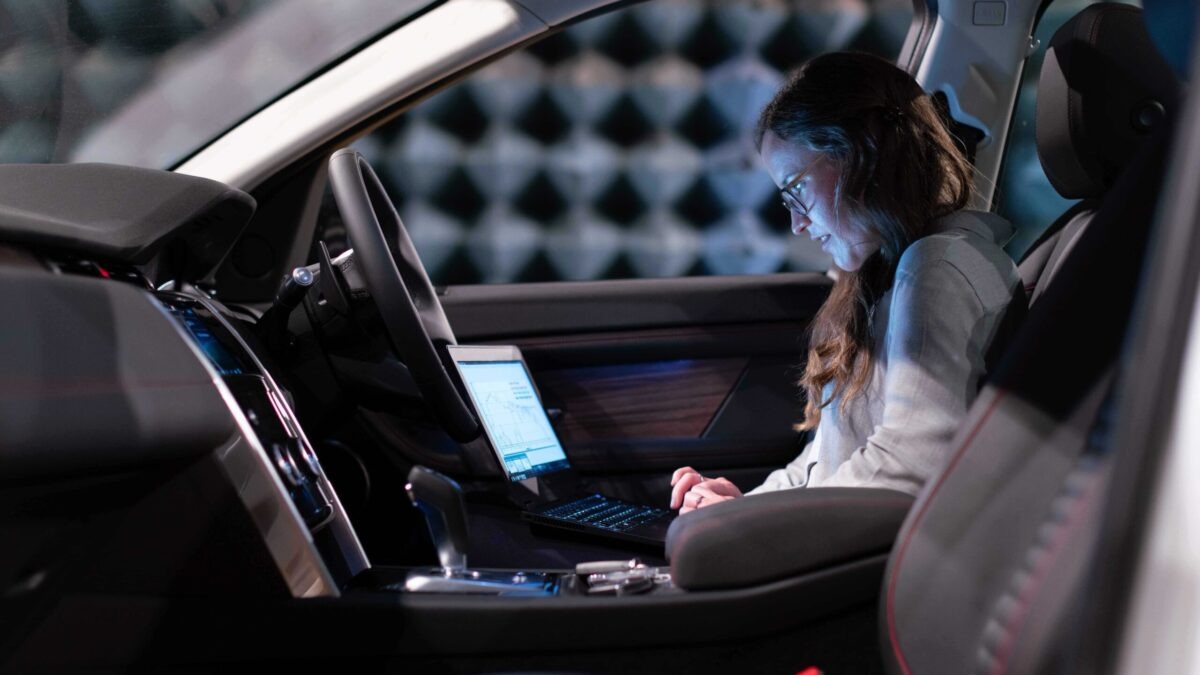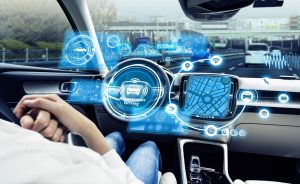
Insurance Innovations for Connected and Autonomous Vehicles
The advent of connected and autonomous vehicles (CAVs) is revolutionizing the automotive industry, bringing unprecedented changes not only to transportation but also to the insurance sector. As a seasoned technical copywriter with a decade of experience in this field, I’m here to explore the cutting-edge innovations in insurance tailored to the unique challenges and opportunities presented by CAVs.
The Evolution of Vehicle Technology
Connected Vehicles
Connected vehicles are equipped with advanced sensors, GPS, and communication systems that enable real-time data exchange with other vehicles and infrastructure. These capabilities allow vehicles to collect and transmit critical information about driving behavior, road conditions, and potential hazards.
Autonomous Vehicles
Autonomous vehicles, or self-driving cars, take vehicle technology a step further by incorporating artificial intelligence and machine learning algorithms. These vehicles can operate without human intervention, making driving safer and more efficient.
The Impact on Insurance
Risk Reduction
CAVs have the potential to significantly reduce the frequency and severity of accidents. Advanced driver-assistance systems (ADAS) in connected vehicles can assist in collision avoidance, while autonomous vehicles are designed to minimize human error, a leading cause of accidents. As a result, insurers anticipate a reduction in insurance claims.
New Types of Liability
With autonomous vehicles, liability may shift from individual drivers to manufacturers or software developers in the event of an accident. Insurers are exploring new liability coverage options tailored to CAV-related risks.
Data-Driven Insights
Connected vehicles generate vast amounts of data related to driving behavior, vehicle performance, and road conditions. Insurers are leveraging this data to develop personalized insurance policies that offer fairer pricing based on individual risk profiles.
Innovations in CAV Insurance
Usage-Based Insurance (UBI)
Usage-based insurance relies on real-time data collected from connected vehicles to determine premiums. Drivers pay insurance rates based on their driving habits, rewarding safe behavior with lower premiums. UBI encourages safer driving practices and can lead to cost savings for policyholders.
Pay-As-You-Drive (PAYD)
Pay-as-you-drive insurance models charge policyholders based on the number of miles they drive. Connected vehicle data is used to accurately calculate mileage, providing a more accurate representation of risk and cost for the policyholder.
On-Demand Insurance
On-demand insurance allows drivers to purchase coverage only when they are actively using their vehicles, such as during a ride-sharing trip. This flexible approach aligns insurance costs with actual vehicle use and can reduce expenses for occasional drivers.
Challenges and Considerations
Data Privacy
The collection and sharing of data from connected vehicles raise concerns about data privacy and security. Insurers must address these concerns by implementing robust data protection measures and ensuring compliance with privacy regulations.
Regulatory Framework
The insurance industry is subject to regulatory oversight, which may lag behind the rapid advancements in CAV technology. Insurers need to collaborate with regulators to develop and adapt regulations that support the growth of CAV insurance.
Ethical and Legal Complexities
Autonomous vehicles raise ethical and legal questions, particularly regarding liability in the event of accidents. Insurers must navigate these complex issues to develop comprehensive insurance solutions.
The Road Ahead
As connected and autonomous vehicles become more prevalent on our roads, the insurance industry must evolve to meet the changing needs of policyholders. Innovations such as usage-based insurance, pay-as-you-drive, and on-demand insurance are transforming the way insurance is priced and consumed.
Insurers are also investing in data analytics and artificial intelligence to better assess risk and tailor insurance policies to individual drivers. This data-driven approach is expected to result in more accurate pricing and a fairer insurance market.
In conclusion, insurance for connected and autonomous vehicles is undergoing a profound transformation. These innovations hold the promise of safer roads, reduced insurance costs, and greater flexibility for policyholders. As technology continues to advance and regulatory frameworks adapt, the insurance industry is well-positioned to support the ongoing evolution of the automotive landscape, providing comprehensive coverage for a safer and more connected future on the road.

